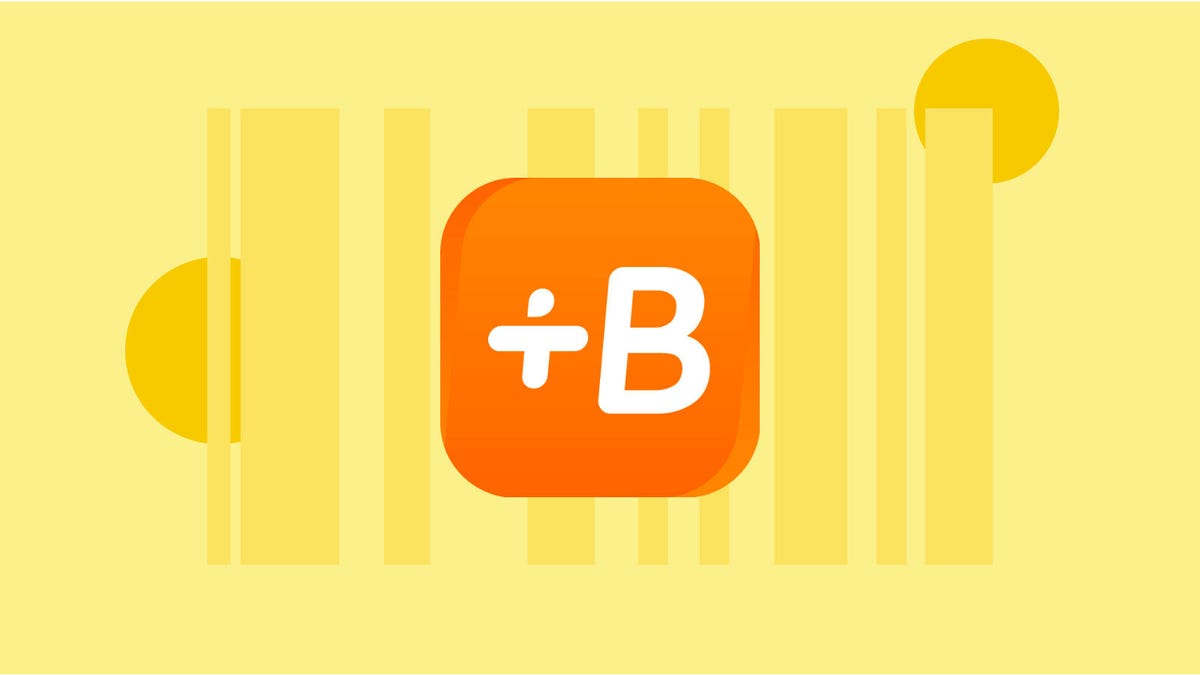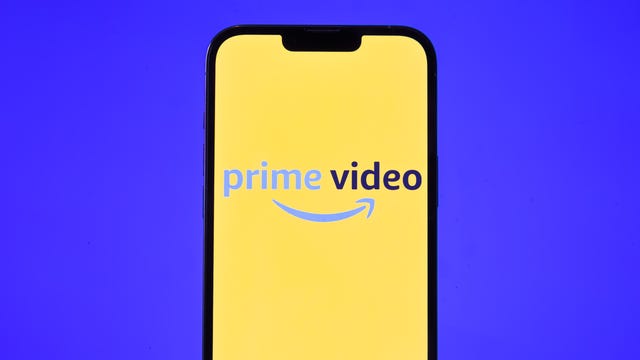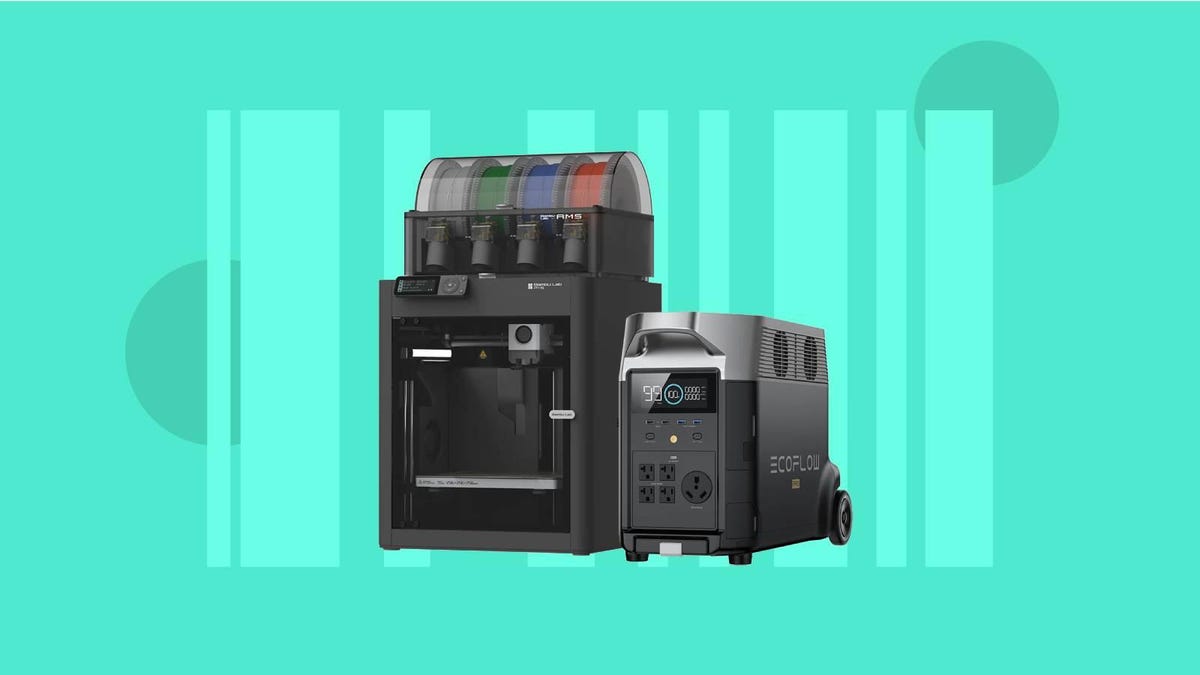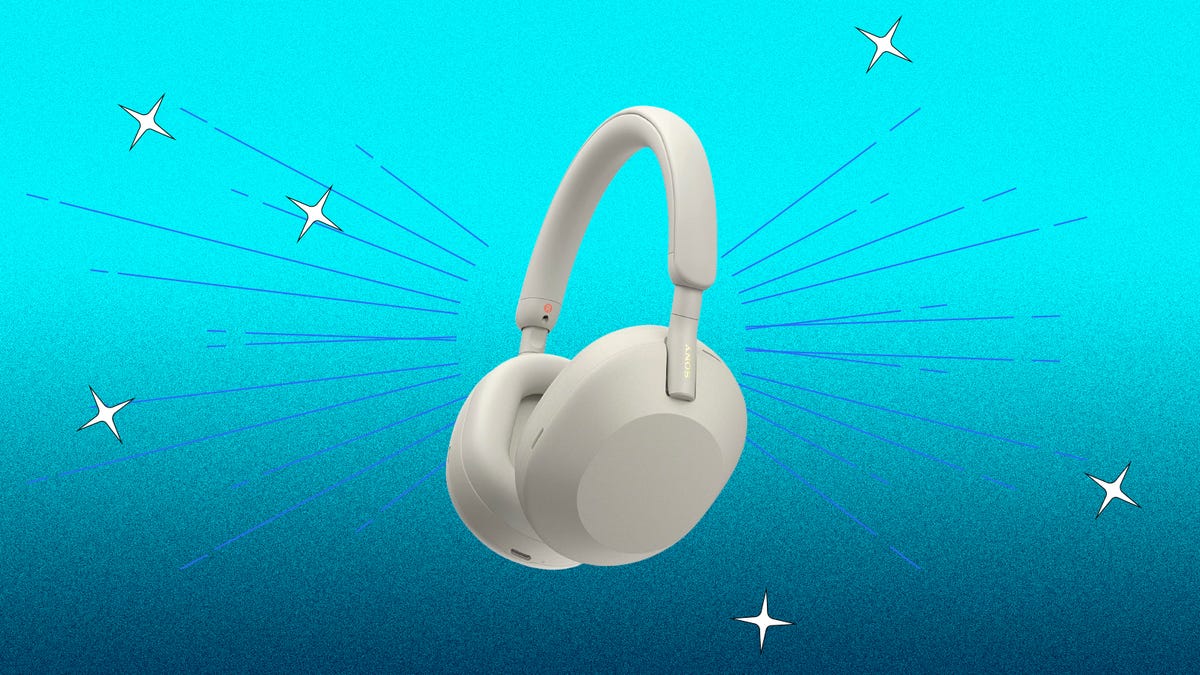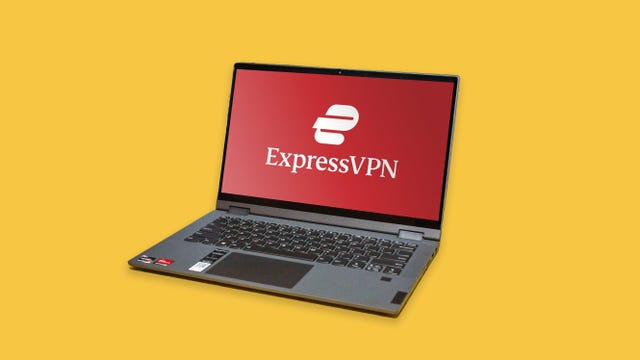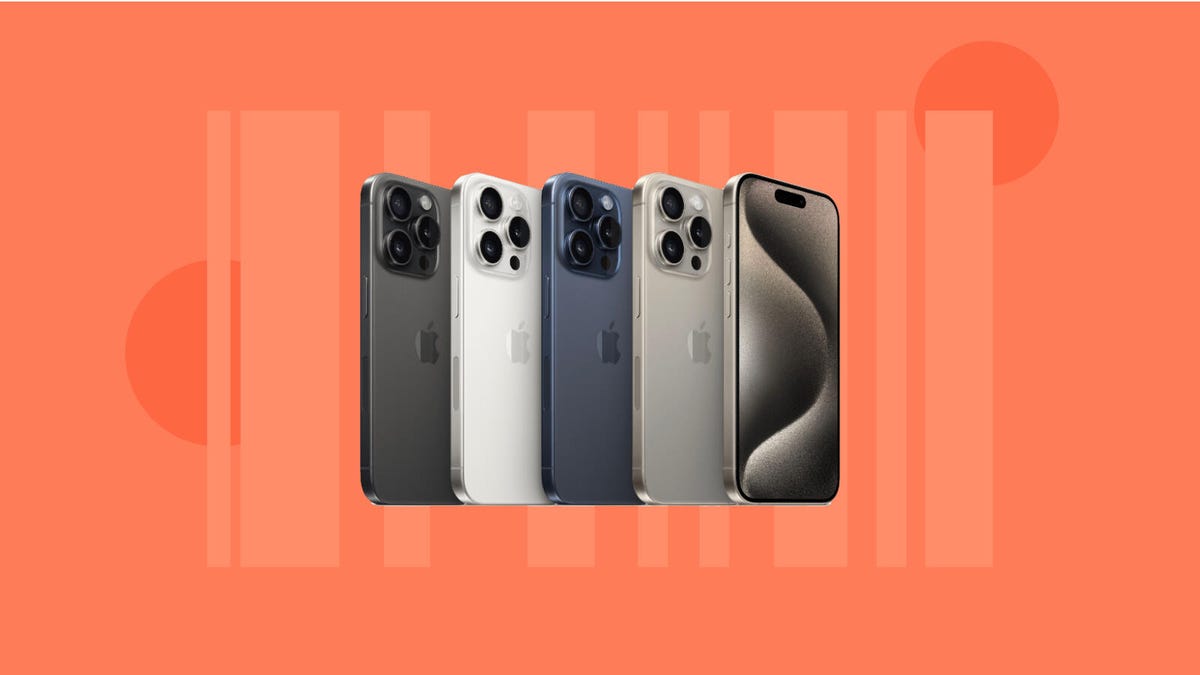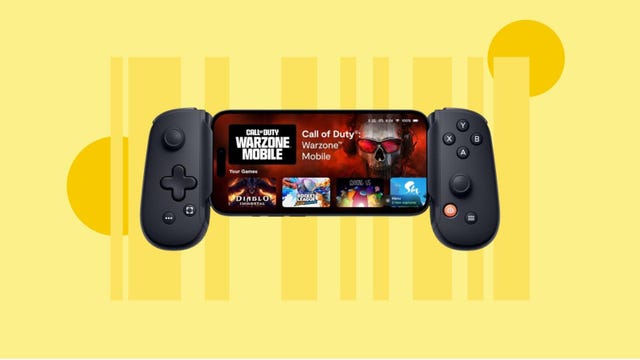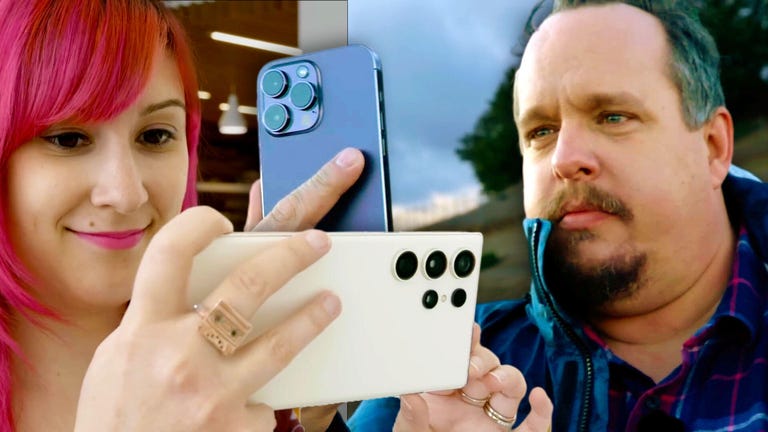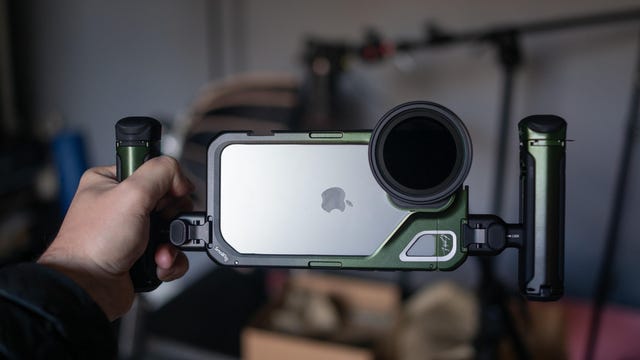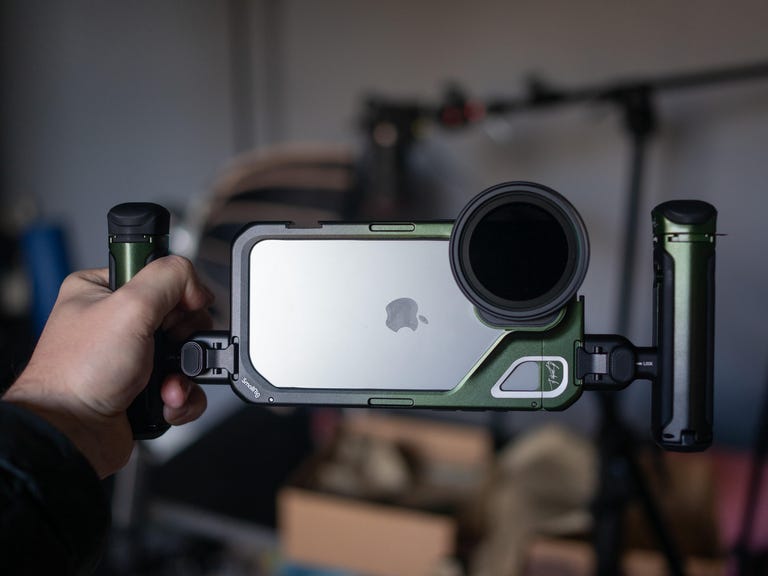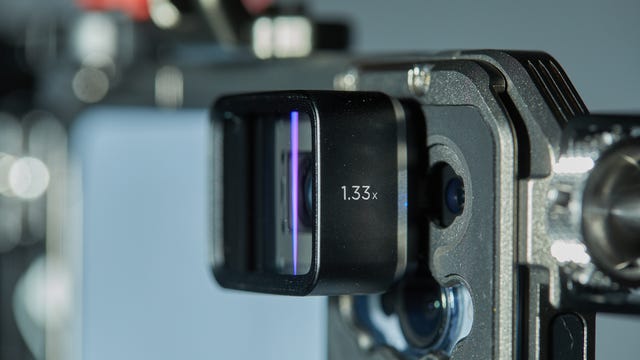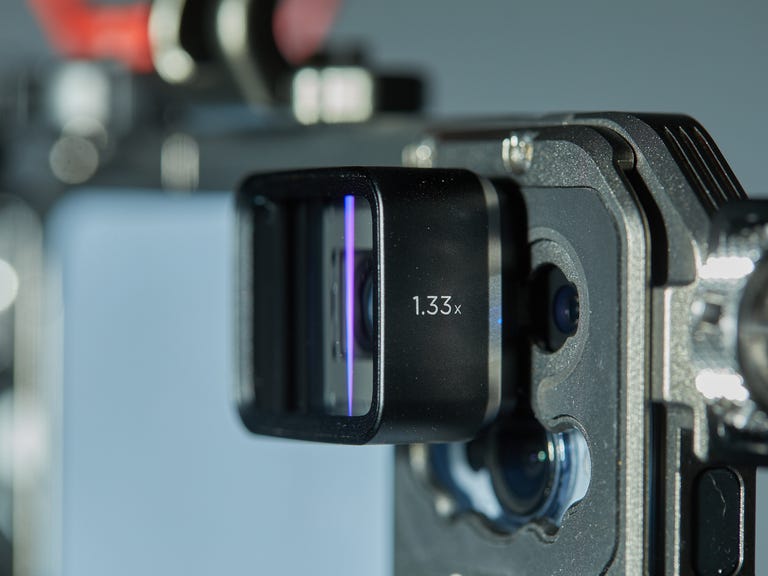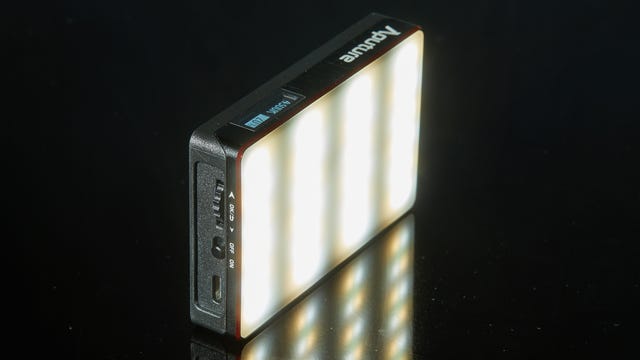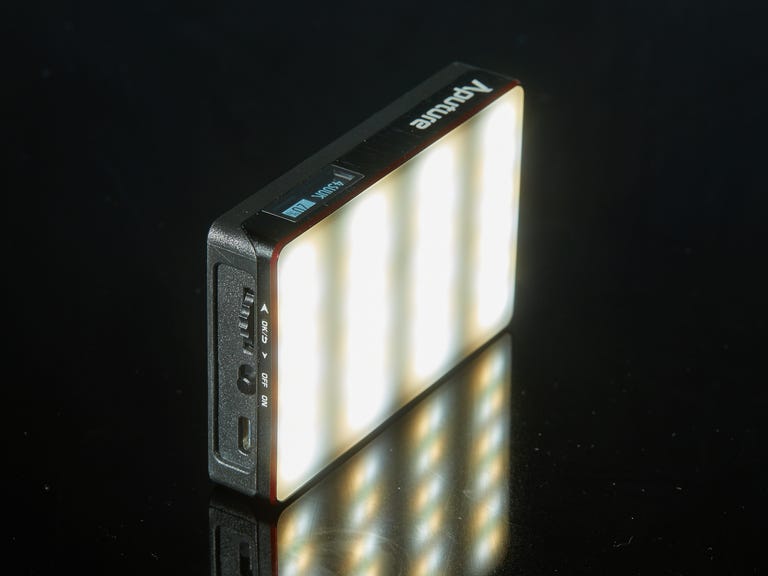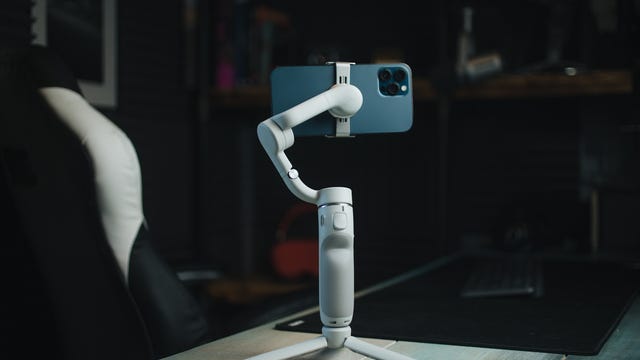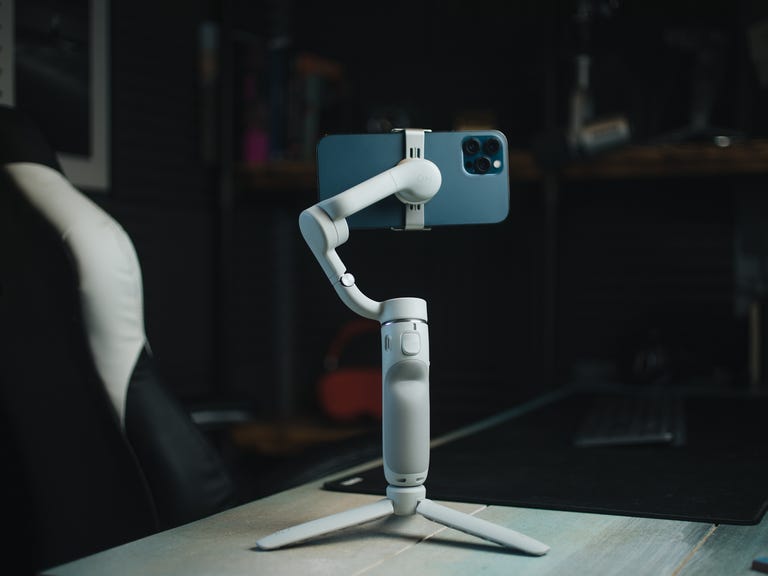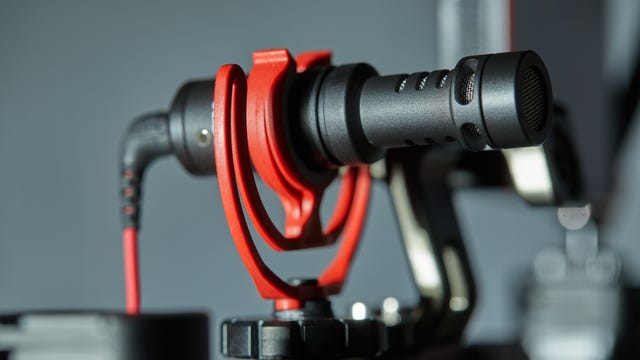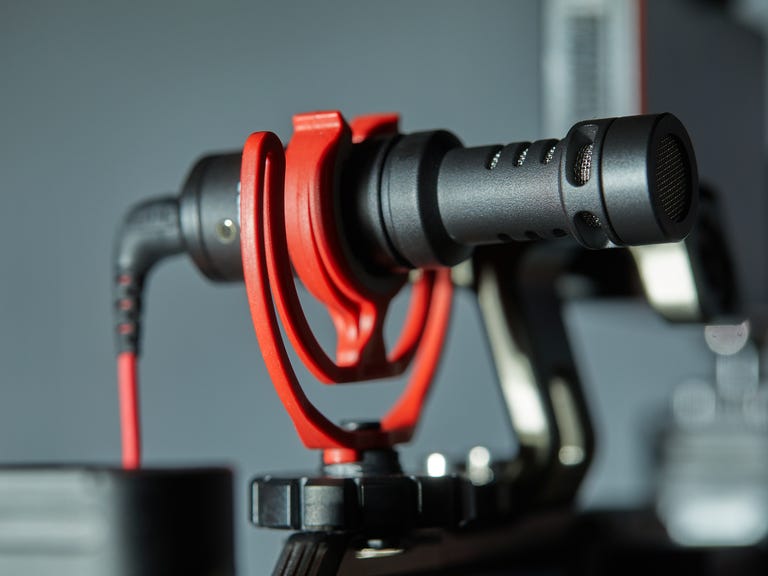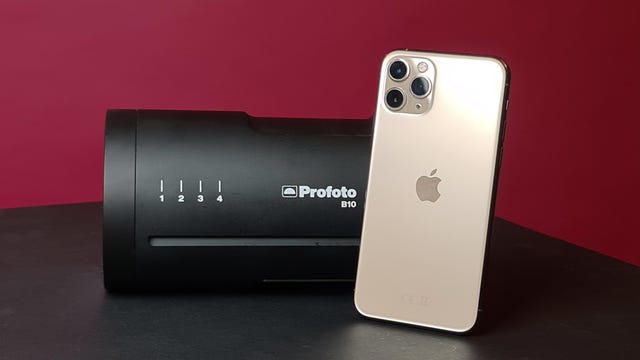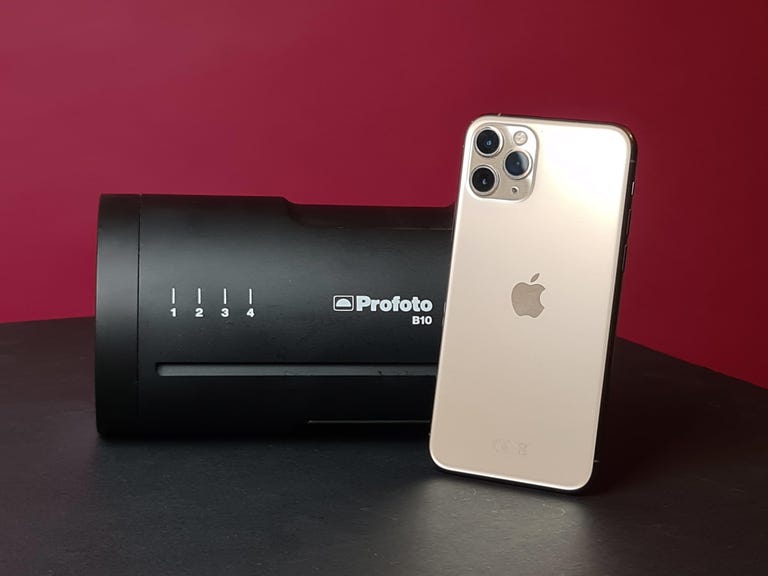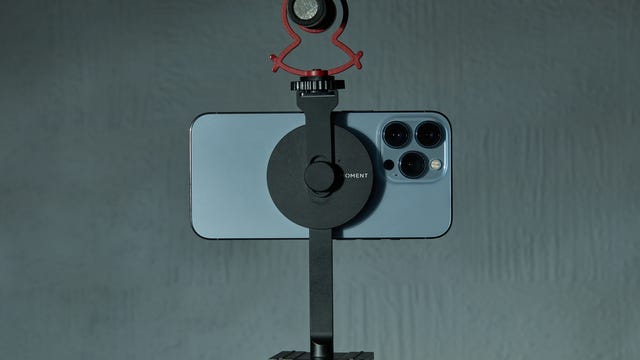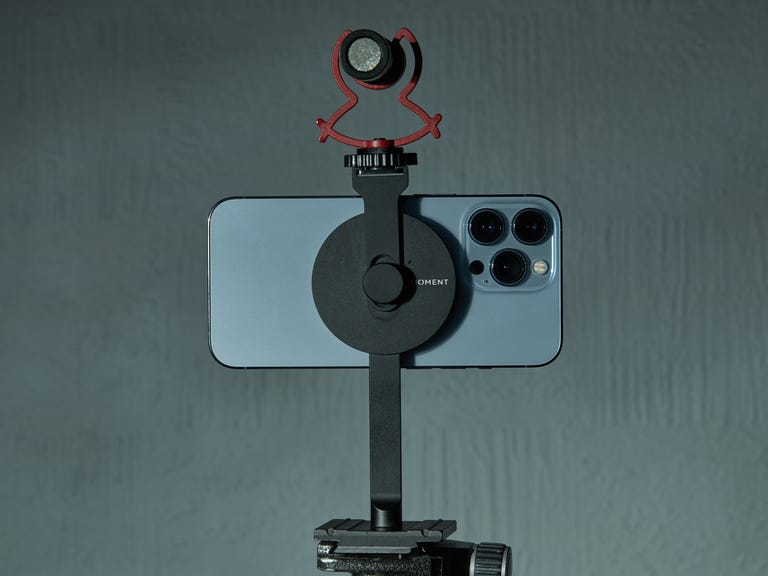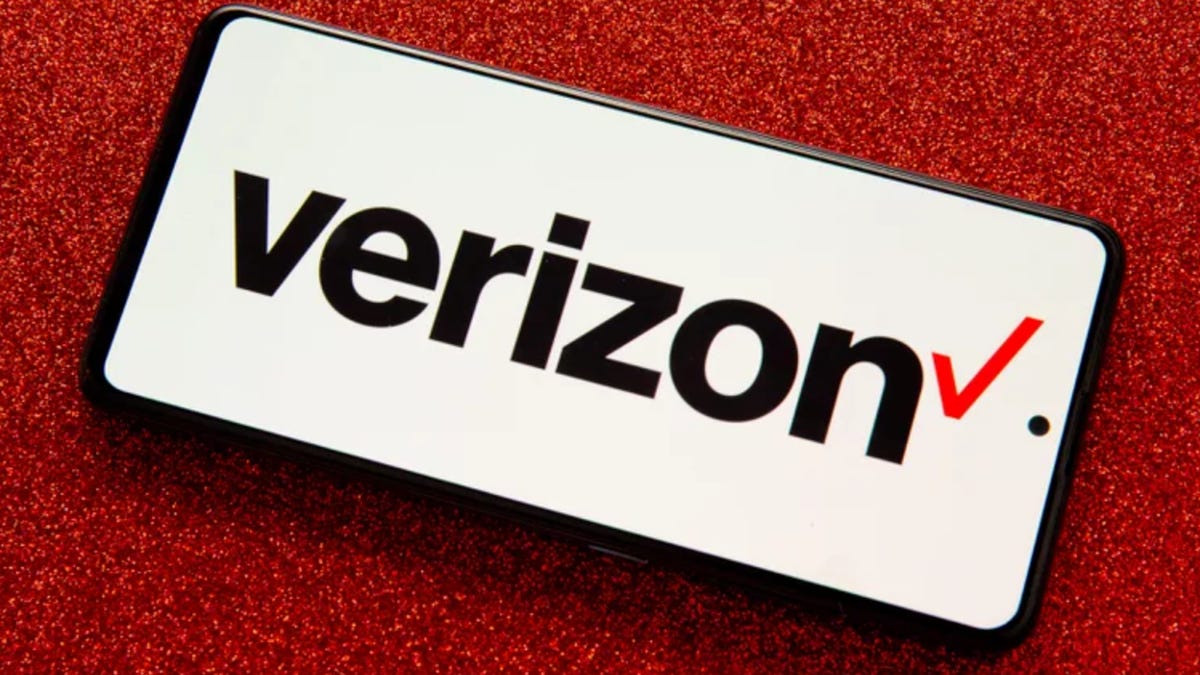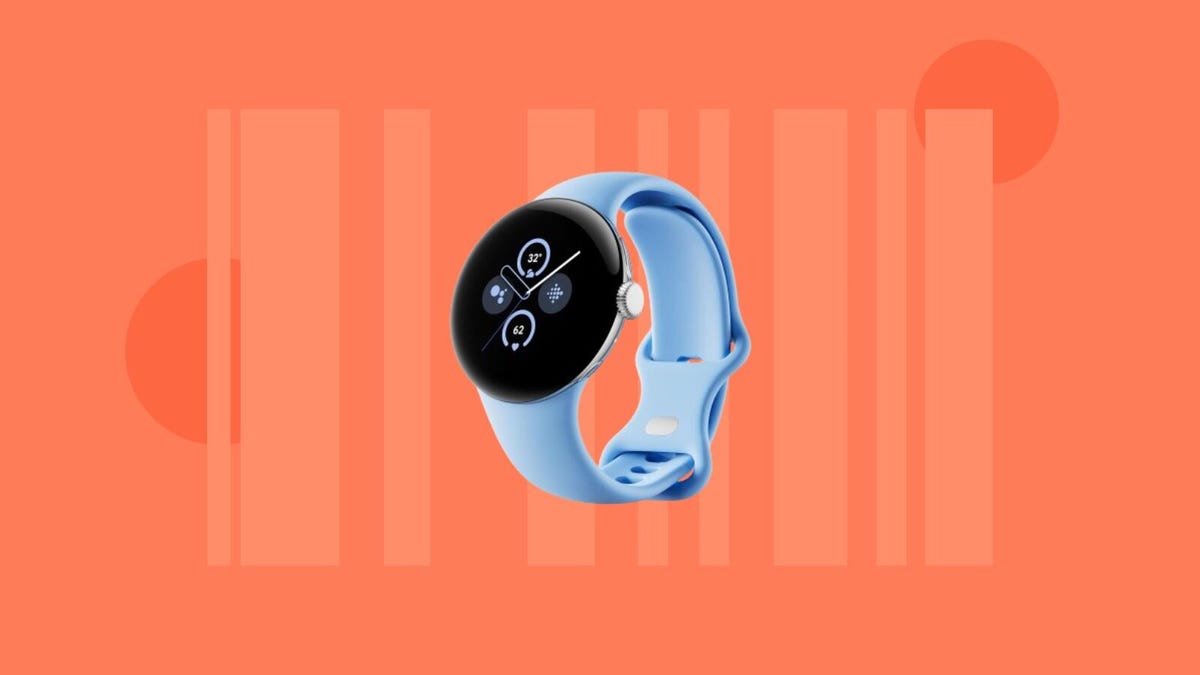Learning a new language can be challenging, but it’s a goal many of us have for a variety of reasons. Whether you’d like to learn basics to help you when you travel abroad or just want to connect with people across the globe, being multilingual comes with a lot of benefits — and if you’re ready to kickstart your studies, there are plenty of ways outside of the classroom for you to practice at your own pace. Babbel is one of our favorite language-learning apps for 2023, and right now you can get unlimited access to its full suite of programs at an incredible discount.
StackSocial is currently offering massive savings for the holidays, including knocking a whopping $449 off a lifetime license to Babbel, which means you can get signed up for just $150 right now. There’s no set expiration for this offer, but we don’t expect it to stick around for long, so we’d recommend getting signed up sooner rather than later if you don’t want to miss out on these savings.
Babbel’s extensive language software includes Spanish, French, Italian, German, Russian, Swedish, Indonesian, Portuguese and more. The lessons are short and to the point, allowing you to practice in 10- to 15-minute intervals that can fit into any schedule. Real-life topics include travel, family, business, food and more. There are also a variety of skill levels available, ranging from beginner to advanced, so the program can grow with you as you improve.
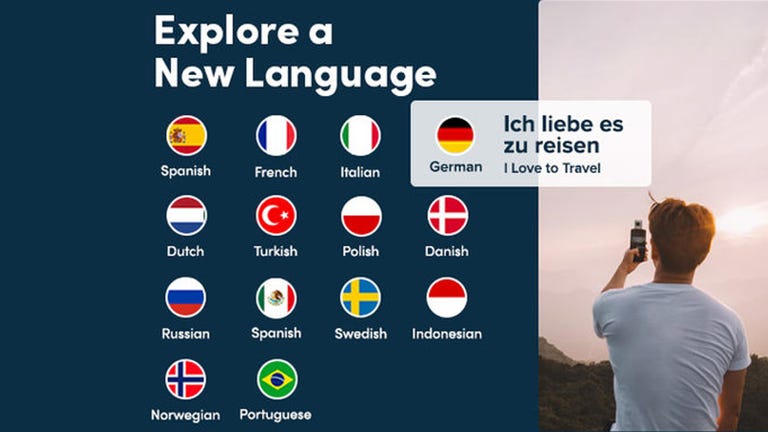
The speech-recognition technology will give you immediate feedback on pronunciation, so you don’t just learn to read and write, but how to listen and speak, as well. You’ll also get personalized review sessions to reinforce what you’ve learned. The program works across desktop and mobile devices. And though the internet is required most of the time, there is also an offline mode available where you can access courses, lessons and reviews without Wi-Fi, so long as you download them beforehand. Babbel also syncs your progress across your devices so that you can jump in from wherever is most convenient.
Becoming fluent in a new language is a great way to stay engaged in learning, and the transferrable skills you gain can open a lot of doors for leisure, work and beyond. Note that while you can access this program on as many devices as you want, this subscription offer is only available for new users.
Babbel is a great value when compared with other online courses, especially with this current discount. So whether you’re a lifelong learner or just want to pick up some basics for your globetrotting adventures, this is a solid deal.
And if you’re looking for ways to give your loved ones learning subscriptions for the holidays at a discount, be sure to check out our roundup of some of the best learning software options that make great gifts for ideas that work for beginners and pros alike.
Read more: 11 Items to Add to Your Travel Checklist for a Smooth Trip
